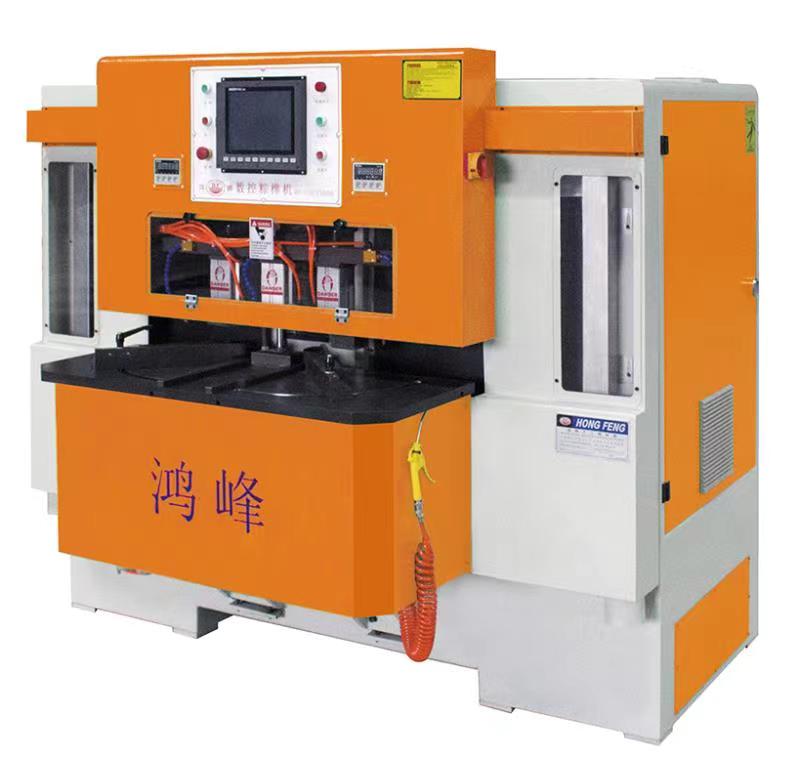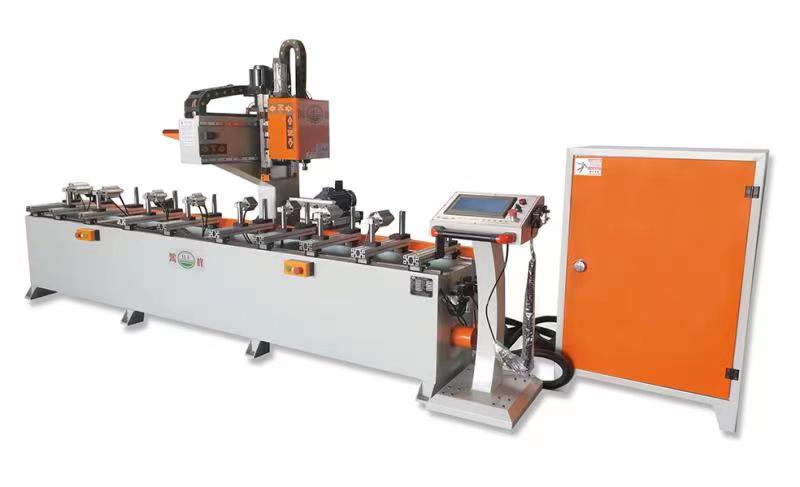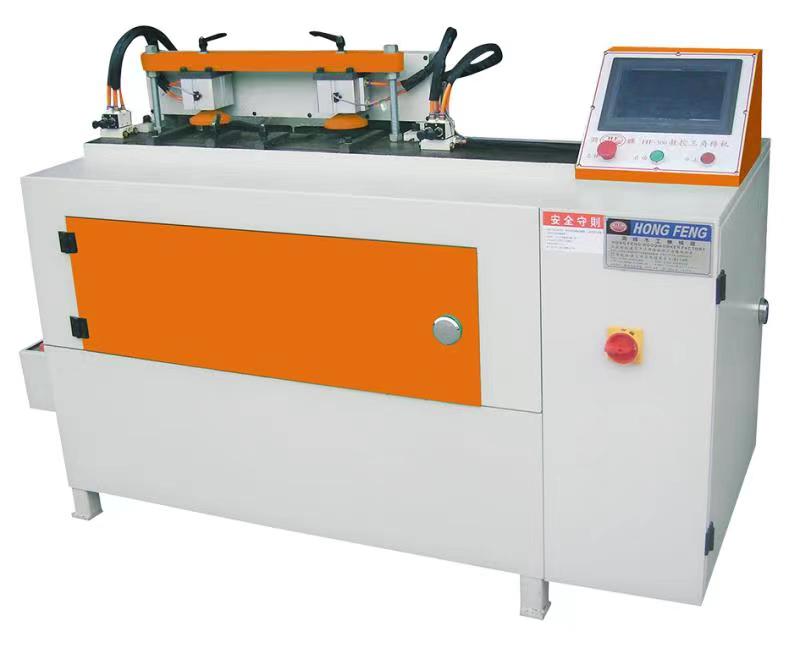Tel:
Woodworking machinery plays a crucial role in a variety of woodworking projects. From cutting to shaping, these machines enable craftsmen to transform raw wood into beautiful and functional pieces. To ensure maximum efficiency and longevity, proper maintenance and upkeep are essential. In this article, we will explore the key points to consider when maintaining and caring for woodworking machinery.
Regular cleaning and lubrication are fundamental maintenance practices for woodworking machinery. This helps to prevent the buildup of dust, debris, and residue, which can cause damage and affect performance. Use compressed air or a vacuum to remove dust from all accessible areas, including belts, gears, and cutting blades. Additionally, lubricate the moving parts with appropriate oils and greases to reduce friction and wear. A well-lubricated machine operates smoothly and extends its lifespan.
Regular inspection and calibration are crucial to the proper functioning of woodworking machinery. Regularly check for loose or damaged components, such as belts, gears, and bearings. Replace any worn-out parts to prevent further damage and ensure accurate performance. In addition, calibrate the machine according to the manufacturer's instructions to maintain precision and accuracy. Regular calibration guarantees that the machine produces consistent and high-quality results.
Proper storage plays a significant role in the maintenance of woodworking machinery. When not in use, store the machinery in a clean and dry environment to prevent rust and corrosion. Cover the machines with appropriate dust covers to shield them from dust and other contaminants. Additionally, consider using protective coatings or rust inhibitors to further safeguard the machinery. By storing the equipment correctly, you can prolong its lifespan and maintain its original performance.
Proper training and operator care are vital aspects of woodworking machinery maintenance. Ensure that operators are well-trained in operating the machinery safely and correctly. Provide comprehensive training on how to perform routine maintenance tasks, such as cleaning, lubrication, and basic troubleshooting. Encourage operators to report any issues or abnormalities promptly. Regular operator care and attention can prevent potential problems and ensure the longevity and reliability of the woodworking machinery.
In summary, the maintenance and upkeep of woodworking machinery are crucial for its longevity, efficiency, and performance. Regular cleaning, lubrication, inspection, and calibration are essential practices that help to prevent damage and ensure accurate results. Proper storage and operator care further contribute to the overall maintenance of the machinery. By following these key points, craftsmen can enjoy the full potential of their woodworking machinery and continue to create exceptional woodwork pieces for years to come.
 Enhancing Cutting Accuracy and Efficiency with CNC Miter Machines
Enhancing Cutting Accuracy and Efficiency with CNC Miter Machines
 What Are the Common Mistakes to Avoid in CNC Groove Milling?
What Are the Common Mistakes to Avoid in CNC Groove Milling?
 How to Choose the Best CNC Dovetail Machine?
How to Choose the Best CNC Dovetail Machine?
 What Should You Look for in a Double End Mortising Machine Manufacturer?
What Should You Look for in a Double End Mortising Machine Manufacturer?
